Should We Be Cooking Pasta In Cold Water?!?
A viral tweet has sparked a debate in the pasta community, and we’ve gathered experts to settle it.
Earlier this week, a man tweeted that his girlfriend makes pasta by adding uncooked pasta to cold water and then turning on the stove to boil the water. He automatically assumed she was wrong.
my girlfriend just added uncooked pasta to cold water and then turned on the stove and when i said that she should boil the water before adding pasta she said “literally all men are the same”
— ☆drive45☆ (@drive45music) October 14, 2019
This cold-water method rattled most of the pasta-loving world, who claim the only acceptable method is the traditional way of boiling water first, then adding the pasta.
But Alton Brown, king nerd of food science, chimed in to say it’s absolutely fine to cook it in cold water, even offering his own method for doing so.
What do you mean "are you active?" I'M RIGHT HERE! And yes, this man's girlfriend is right on both counts.
— Alton Brown (@altonbrown) October 15, 2019
— Alton Brown (@altonbrown) October 16, 2019
Revered cooking expert J. Kenji Lopez has also offered his support for the girlfriend ― and her cooking method.
Usually when you get called out for mansplaining you don’t double down and mock your significant other in public. She’s also right about everything. 🤷♂️
— J. Kenji “The Chosen Fun” López-Alt (@kenjilopezalt) October 15, 2019
Cook and television host Frankie Celenza weighed in on the matter with an explanation for why the cold-water method could be problematic:
Love HuffPost? Become a founding member of HuffPost Plus today.
The issue is that all stoves have different power and the amount of water is a variable, so how quickly it comes to a boil with pasta from the beginning is the issue. I've have al dente center with school cafeteria soggy pasta exterior, using this method. NOT GOOD
— Frankie Celenza (@frankiecooks) October 17, 2019
What The Experts Told Us
To further explore the pros and cons of this method, here’s what they had to say.
Culinary Instructors
We surveyed chef instructors at the International Culinary Center (ICC) in New York, and they agreed that it is possible to cook pasta in cold water, but they questioned why someone would want to do so rather than in boiling water. They shared that for someone who’s preparing pasta at home, this could be a fine method. However, in a restaurant kitchen, cooking pasta in cold water would take more time and require more attention than in boiling water. Many of the chefs felt that cooking pasta, especially fresh pasta, in boiling water was more time-efficient in a restaurant setting, and some believe it preserves the flavor of the pasta better.
In general, the ICC chefs agreed on the following, if one insists on using the cold water method:
The cold-water method would be OK for dry pasta only. It is not recommended for cooking fresh pasta.
The cold-water method would be better used for short, dry pasta like penne and not long pasta like fettuccine.
The Food Scientist
Claudi Mans, professor emeritus of chemical engineering at the University of Barcelona and author of “The Science of Cooking: A Quick Immersion,” explained to HuffPost that “when dry pasta is put in water, the water enters the pores of the pasta. Hot water will penetrate into the pores faster than cold water, because it has less viscosity and less surface tension.”
In addition ― try to wrap your head around this part ― Mans told HuffPost: “Water can separate the amylose and amylopectin molecules from flour starch, and the grains swell. Cooking the pasta results in the hydrolysis of these molecules, which must be done at a temperature higher than 80 degrees Celsius (176 degrees Fahrenheit).” So there’s another argument for using boiling water.
His personal take? “I prepare my pasta in the traditional way (boiling water), and I never tried doing it differently. All pasta suppliers recommend the traditional method. But I see from Alton Brown that he has no doubt: the cold method. Of course I will try both methods next occasion I will cook macaroni.”
The Experienced Cooks
Palak Patel, chef at the Institute of Culinary Education, told HuffPost she prefers the traditional method. She explained that the cold-water method has a higher margin for error: “As soon as the pasta hits the water, it begins to release starch. Over time it will absorb water and the margin for error is higher for you to overcook the pasta versus traditional.”
We also talked to Celenza, who argues that the cold-water method adds a few variables into the mix that could mess with the consistency of your pasta, whereas the traditional method is more surefire. “When cooking pasta in cold water and then bringing it to a boil, temperature is a variable and water volume is a variable and the BTU output of your stove is a variable and the conductivity of your pan is a variable and seasoning the pasta internally is a challenge. When dumping pasta into already boiling water, the temperature variable is greatly reduced, and salt added to the water dissolves almost instantly, so the rate that the pasta picks up the salt is a variable that’s greatly reduced.”
There’s also the issue of cooking time: If you cook your pasta the traditional way, you can follow the cooking time on the box. If you toss your pasta into cold water, the cooking time is much more of a guessing game.
Cold-Water Method vs. One-Pot Pasta Recipes
Now, you may be wondering about the one-pot pasta recipes that are popular right now, wherein you toss your uncooked pasta into a pot with sauce and water and cook it until the liquid has completely absorbed ― no drainage required. But Celenza explains that if you’re following a good recipe for a one-pot method, there’s one key difference: “When the pasta is added to the pan, the pan is already hot, usually with some form of allium (onion or garlic) already sautéed.”
The Consensus
The traditional method seems to be the most foolproof, but if you’re still not sure which method is best, Celenza put the debate into perspective for us:
“Listen, you can do whatever you want, you will cook the pasta, it will cook. Heck, you could soak the pasta in water overnight like a bunch of shriveled chickpeas. But you could also get to work in the morning by hitching a ride on the outside of the last subway car of an express train and leaping off at the local stop that train doesn’t stop at. You’ll get there ― it just might not work consistently for you. That’s how I feel about the endless way people try to dream up how to cook pasta differently. It’s idiotic. We have too much time on our hands.”
Related Coverage
Why You Should Never, Ever Drain Your Pasta In The Sink
Pasta Straws, The Nearly Perfect Solution For Our Plastic Problem
How To Make Spaghetti Carbonara Without Screwing It Up
Also on HuffPost
앙두유 훈제 소시지를 넣은 냄비 파스타

트러플 오일을 넣은 샴페인 크림 페투치니 파스타
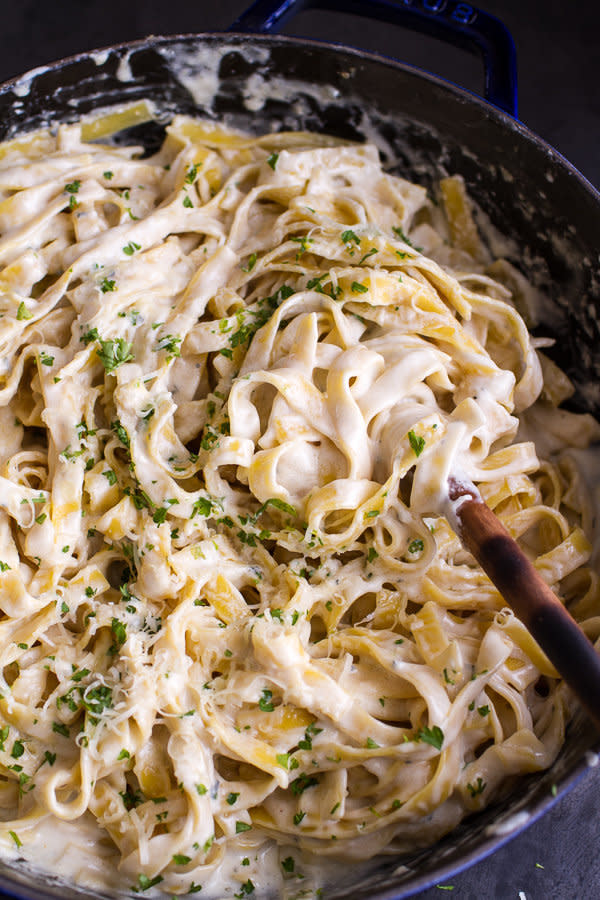
채식주의자를 위한 가지 파스타

피자처럼 만든 냄비 파스타
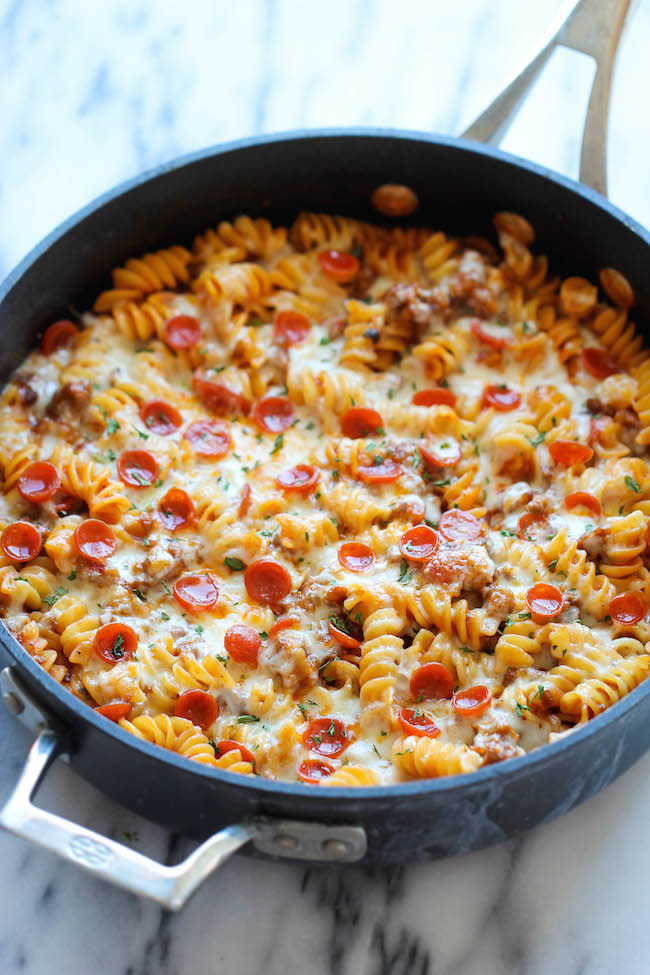
매콤한 치킨 리가토니 파스타

마늘과 파마산 치즈를 넣은 파스타
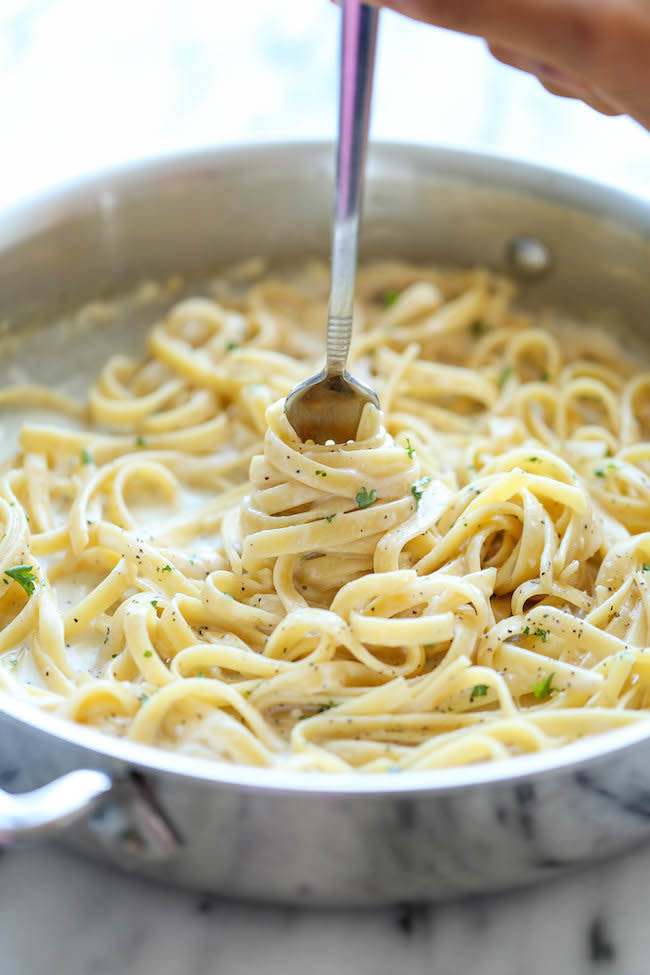
레드와인을 넣은 냄비 파스타

카프레제 파스타

그리스식 냄비 파스타
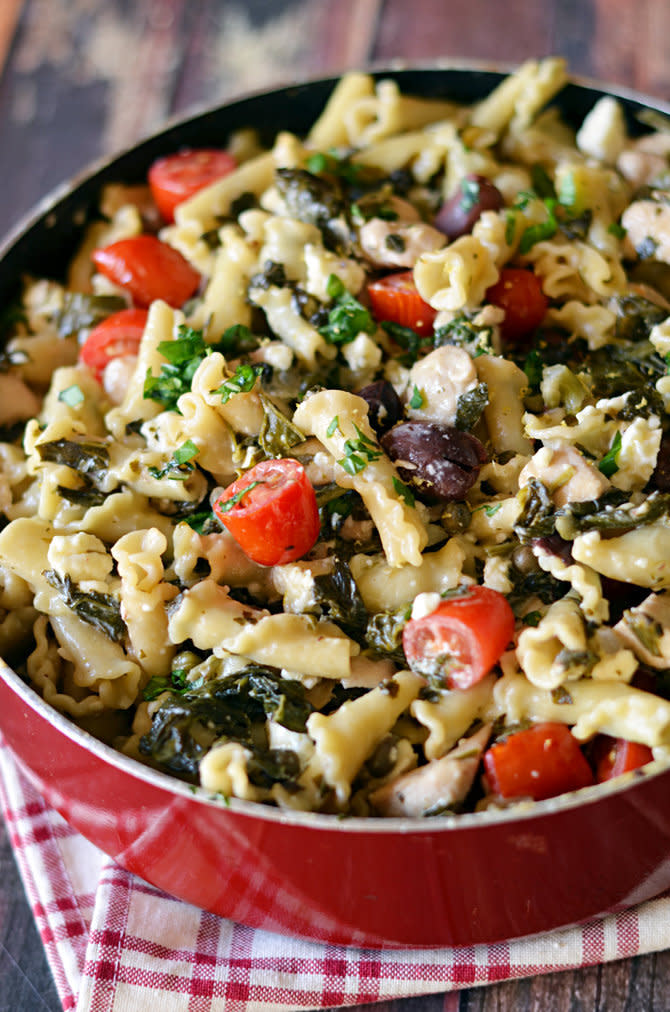
비비큐 치킨 파스타
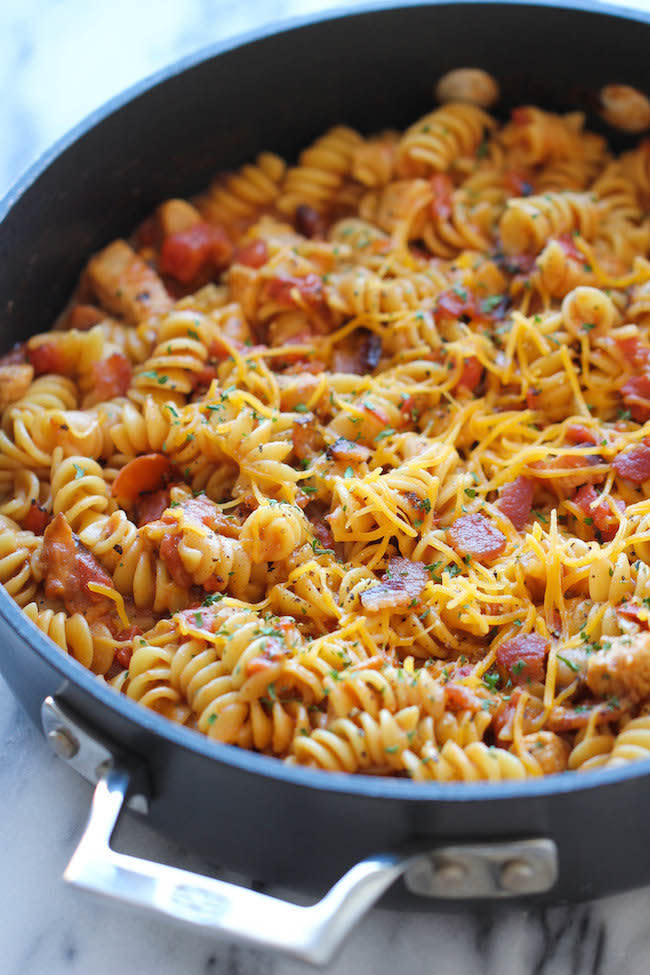
치즈와 후추로 만든 '카초 에 페페' 파스타

매콤한 레몬 치킨 파스타
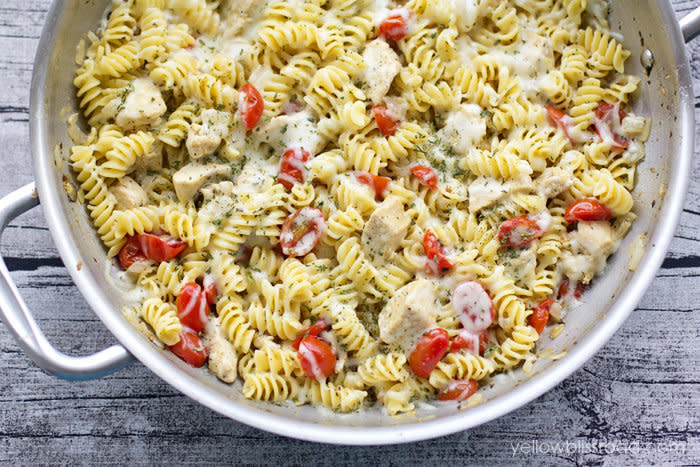
크림 레몬 파스타

속이 빈 '지티' 파스타로 만든 냄비 파스타

태국식 땅콩 파스타
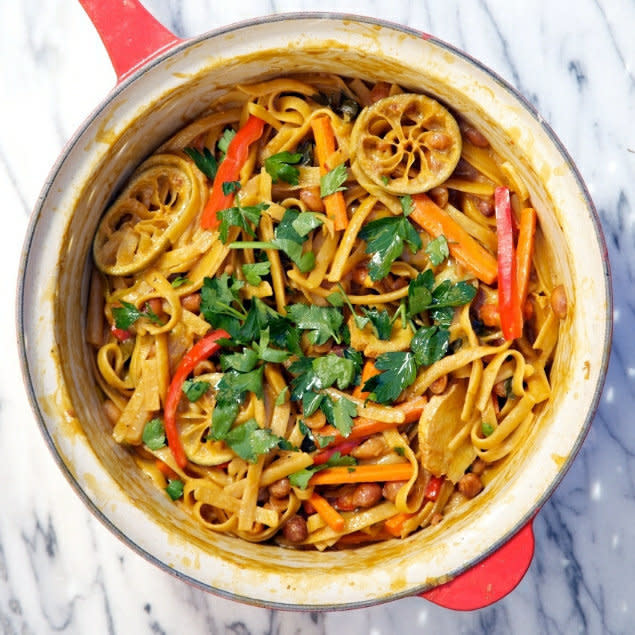
This article originally appeared on HuffPost.

